Overview
Azadirachta indica, commonly known as neem, nimtree or Indian lilac, is a tree in the mahogany family Meliaceae. It is one of two species in the genus Azadirachta. It is native to the northeast of the Indian subcontinent and to Indochina, but is naturalized and grown around the world in tropical and subtropical areas. Neem leaves are medium to large in size and elongated to oblong in shape, averaging 20-40 centimeters in length. The vibrant green leaves are smooth and glossy with sharp, serrated edges. Neem leaves grow on the branches of neem trees in groups of two, and each branch produces around eight groupings. Neem leaves are extremely bitter and have a grassy taste and aroma when torn. Neem trees also grow white, fragrant flowers and yellow, olive-like fruit that has a bittersweet pulp.
Benefits
Neem is an ancient herb that has been an active part of even modern-day skincare products because of its anti-aging properties. Neem leaves boost some antioxidants properties that keep the skin protected from all sorts of harmful UV rays, environmental pollution, dust, and various other factors.
Neem plays a quintessential role in promoting digestion. The anti-flatulent and astringent properties of the oil or powder reduce the formation of gas in the alimentary canal, thus reducing bloating, flatulence, and abdominal distension. The abundance of fibre in the Neem powder offers a one-stop remedy for constipation and other digestive issues. The antacid quality of the plant also prevents the formation of excessive acids in the stomach thereby treating indigestion, ulcer, gastritis, heart burn and helps in promoting better absorption of nutrients in the body.
Neem has been used for decades to uplift oral hygiene. Bad breath or Halitosis is not only a sign of poor oral health but also a cause of public embarrassment. The abundance of germ-killing properties, in the powder or oil helps in eliminating bad breath and bacteria from the oral cavities and thus prevents swelling, bleeding and other oral problems. This incredible germ-killing property of neem can be used in the form of tooth paste, tooth powder or mouth wash. One can even simply use the twig of neem to brush the teeth to reduce gum pain and bad breath.
Neem confers several folk remedies for improving the immune system, fighting microbes and shielding the body against various infections. It also portrays the presence of strong anti-bacterial, anti-viral, and antifungal properties, which is extremely effective in preventing infections like fever, common cold, sore throat, and other respiratory anomalies.
The anti-inflammatory and pain-relieving properties of neem leaves play a crucial role in treating different types of ulcers like ulcerative colitis, peptic ulcer, canker sores or mouth ulcers, etc. The bioactive compounds in the neem leaf promote tissue regeneration, facilitates wound healing whereas the juice extracted from the leaves is also used for dressing wounds.
Neem Leaves is extremely beneficial in purifying the blood. By cleansing the blood, it improves blood circulation and facilitates removal of toxins from the bloodstream.
The array of anti-inflammatory and anti-arthritic properties of the bioactive ingredients in Neem makes it the ultimate choice for providing relief from pain and inflammation due to arthritis. It is also extremely effective against Rheumatoid arthritis which is known as Amavata in Ayurveda. This type of vata usually occurs due to vitiation of Vata doshas and accumulation of Ama in the joints. It also provides instant relief from burning sensations in various parts of the body.
Neem leaves portrays strong anti-diabetic properties which play a key role in pacifying the blood sugar levels in the body. The β-pancreatic cells, which helps in the production of insulin becomes extremely active on the consumption of the leaf powder or juice. It also helps to reduce the breakdown of starch into glucose which in turn leads to low blood glucose levels in the body and maintains a balanced diabetic reading.
Eating neem leaves on an empty stomach is also beneficial in treating eye infections and improving eyesight.Neem leaves are used as a traditional medicine to stop the growth of bacteria that causes eye and ear infections.
Neem plays an important role in strengthening hair follicles. It is often recommended for hair development. It is used in the treatment of several hair problems, such as the itchy scalp, dandruff, hair loss, etc.
How To Use
Neem And Lemon Face Pack:
Lemon has acidic properties and is known for reducing pigmentation. When combined with neem, lemon can work effectively on multiple skin problems. You can mix two teaspoons of neem leaf powder with one teaspoon of lemon powder and few drops of rose water and make a paste of them.
Apply the face pack, and leave it on for a moment to dry. Wash your face with cold water to get glowing and flawless skin.
For Dark spot removal:
To make a face pack for dark-spot removal, mix the paste of neem powder with yogurt and apply it to your face.
After drying, rinse it well.
Treating oily skin:
Oily skin and acne breakout is also a concern for many individuals. If you face such a problem, make a face pack with two teaspoons of neem leaves paste, two teaspoons of rose water, and one teaspoon of lemon juice. Rinse and massage well after waiting for some time and finally moisturize your skin.
Removing acne and pimples:
This face pack includes jojoba oil, which is known for its antibacterial properties. Make a face pack with grated cucumber, neem powder paste, and jojoba oil. Wait for 20 minutes after applying the face pack, and then wash it well. Gently massage your skin with a moisturizer to get acne-free smooth skin.


 Shop layouts
Shop layouts
 Food Supplements
Food Supplements
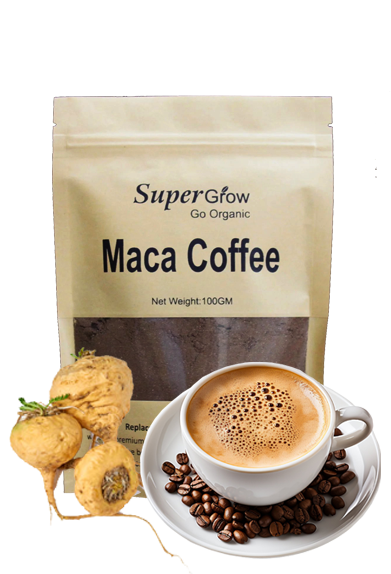



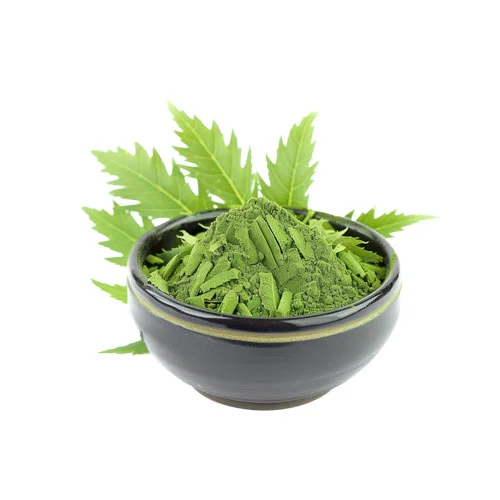
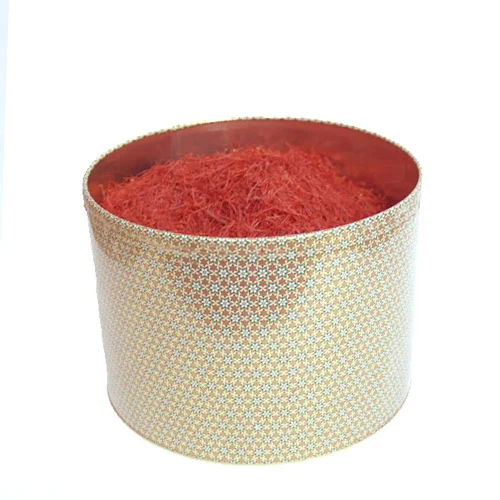
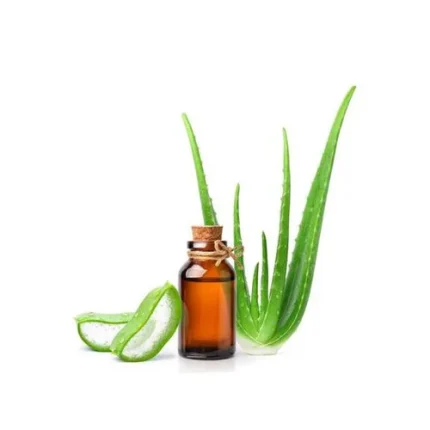
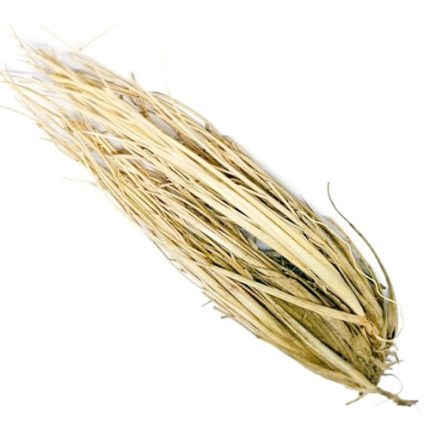



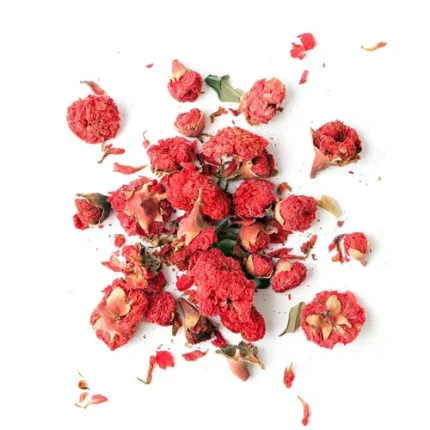
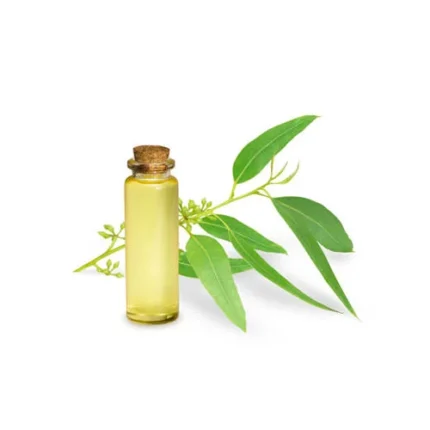
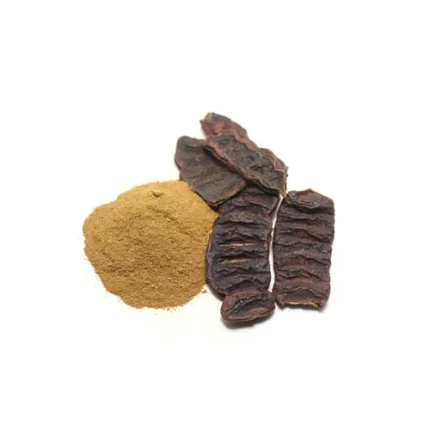


Reviews
There are no reviews yet.